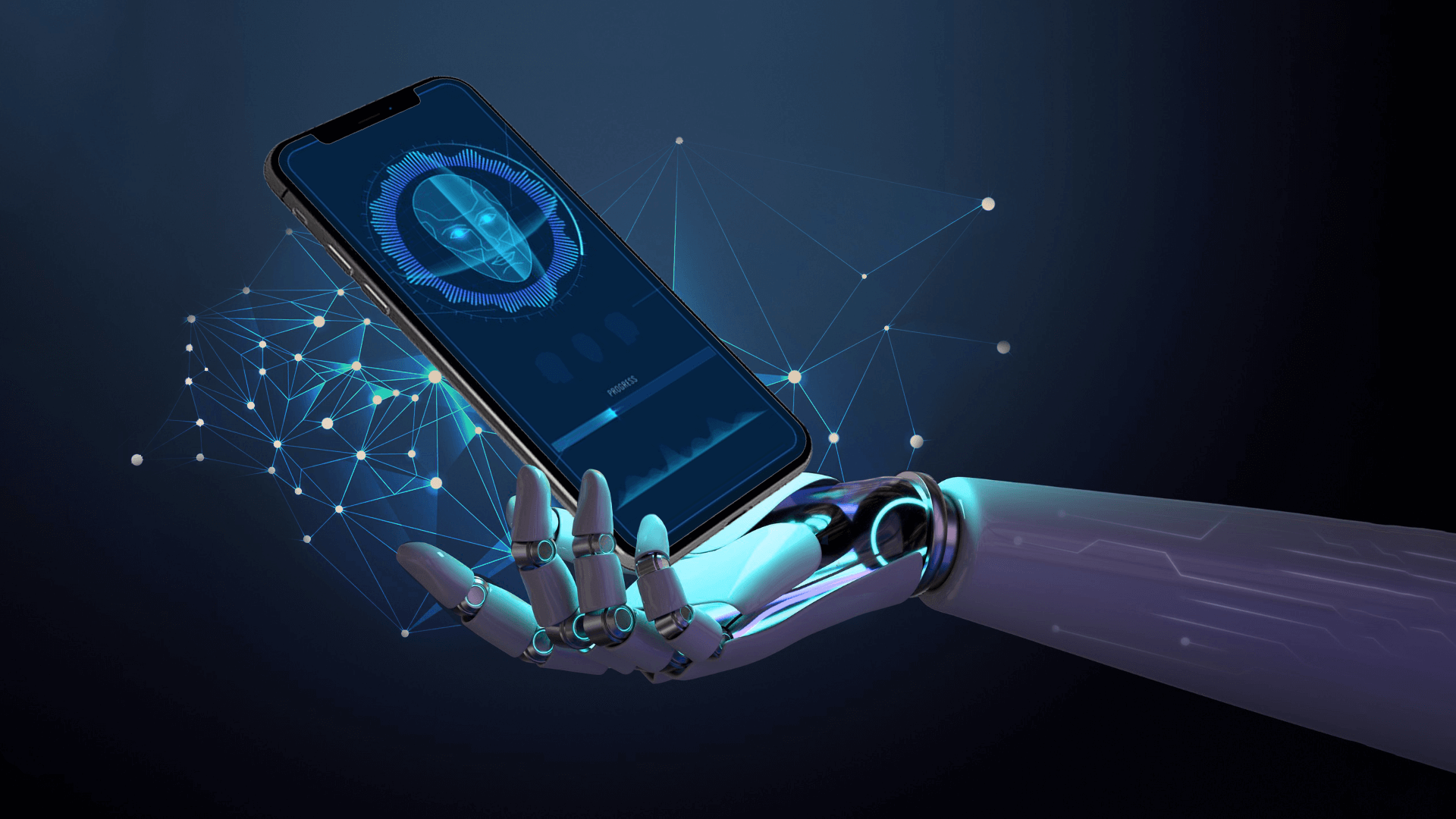Uber-like applications are no longer exclusively for ride-hailing services in today’s digital-first economy. The on-demand economy is growing quickly in areas like logistics, healthcare, and food delivery. However, what is driving this next wave of innovation? Machine Learning (ML) and Artificial Intelligence (AI) hold the key to the solution.
These technologies are more than just catchphrases; they are radically changing how Uber app development is approached—from how apps are built to how they are used and scaled. In this blog, we’ll examine how AI and ML are transforming the creation, functionality, and future of Uber-like applications.
1. Smarter Route Optimization
Real-time tracking is one of the most important features of any app that resembles Uber. Traditional maps or simple GPS data were used for traditional route planning. In order to determine the quickest and most effective routes, AI-driven route optimization now takes into account weather, driver behavior, historical traffic data, and real-time changes.
Key benefits:
- Reduced ETA (Estimated Time of Arrival)
- Lower fuel consumption
- Improved overall trip efficiency
2. Dynamic Pricing Algorithms
One of the most well-known aspects of Uber is its surge or dynamic pricing. This is made possible by AI and ML, which analyze supply demand, geography, weather, events, and past trends to modify prices in real time. This maximizes revenue while guaranteeing that demand is matched with available drivers.
Why it matters:
- Encourages more drivers to get on the road during peak times
- Balances demand and supply efficiently
- Increases profitability without manual intervention
3. Fraud Detection and Risk Management
Artificial intelligence systems can help identify unexpected activity patterns that could point to fraud, such as phony ride requests, account takeovers, or fraudulent payments. Alerts or responses can be initiated by machine learning models that are trained to identify irregularities.
Impact:
- Enhances user trust and app security
- Reduces revenue loss from fraudulent transactions
- Improves compliance and risk mitigation
4. Personalized User Experience
To provide a more individualized app experience, machine learning examines user behavior, including location information, frequently traveled routes and previous service selections. AI can greatly increase user engagement in a variety of ways, from suggesting the best routes to providing customized promos.
Examples:
- Predicting where users want to go before they enter a destination
- Offering discounts based on ride history
- Recommending optimal ride types (e.g., shared, luxury, or economy)
5. Predictive Maintenance for Driver Vehicles
AI-powered predictive maintenance may predict vehicle breakdowns or servicing requirements before they occur, which is useful for platforms that manage networks or collaborate with driver-partners. This increases overall service dependability, extends vehicle life, and decreases downtime.
6. Voice and Chatbot Assistance
AI-powered voice assistants and chatbots can answer questions from customers around the clock, from scheduling rides to fixing problems. These systems can understand and react to human inquiries in real time due to Natural Language Processing (NLP), a subfield of artificial intelligence (AI).
Advantages:
- Reduces human workload
- Speeds up support resolution
- Enhances user satisfaction
7. Enhanced Driver Matching Algorithms
Reducing wait times and improving ride completion rates depend on matching the appropriate driver with the appropriate passenger at the appropriate moment. To determine the best pairings, AI algorithms consider factors like vehicle type, driver rating, proximity, and even driving history.
Conclusion
To remain competitive in the on-demand economy, AI and machine learning are now required for Uber-like app development. In addition to increasing operational effectiveness and app performance, these technologies provide an enhanced user experience that attracts and retains users.
Early adoption of AI in the development process can result in more intelligent apps, quicker scaling, and more profitability for startups and tech entrepreneurs.


